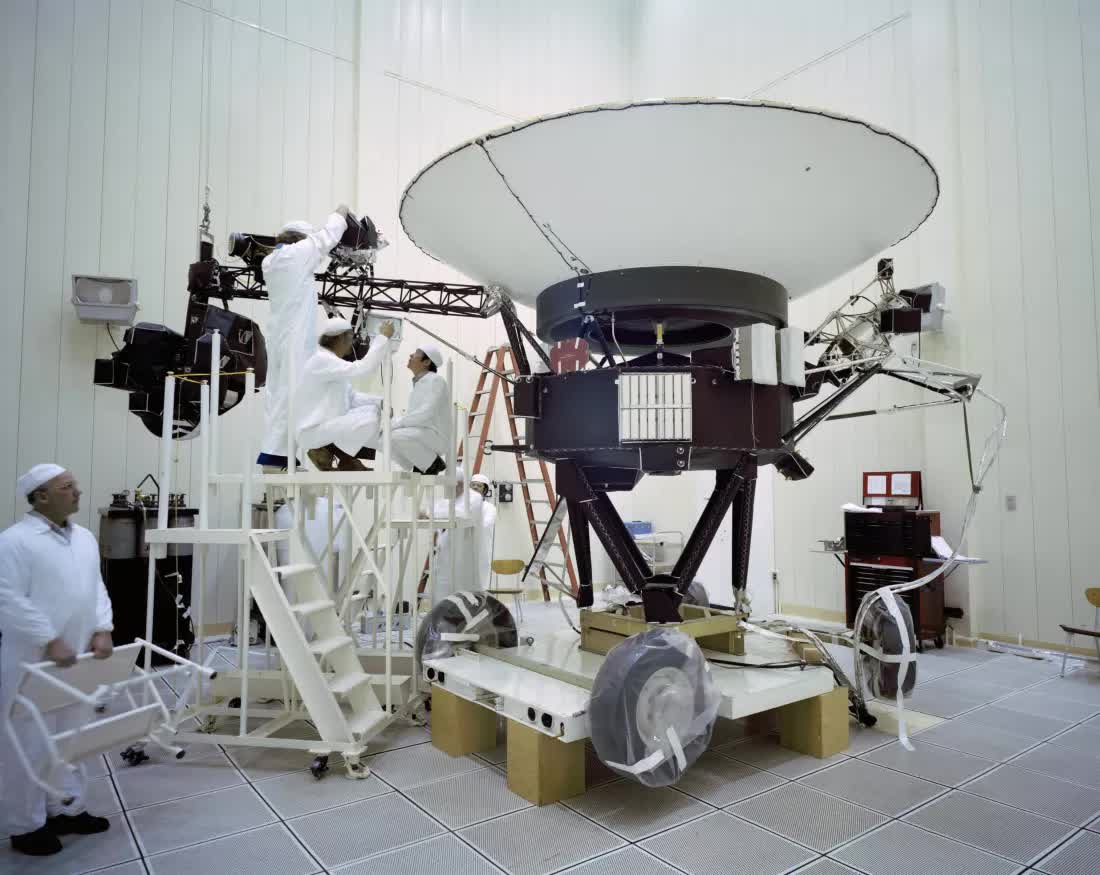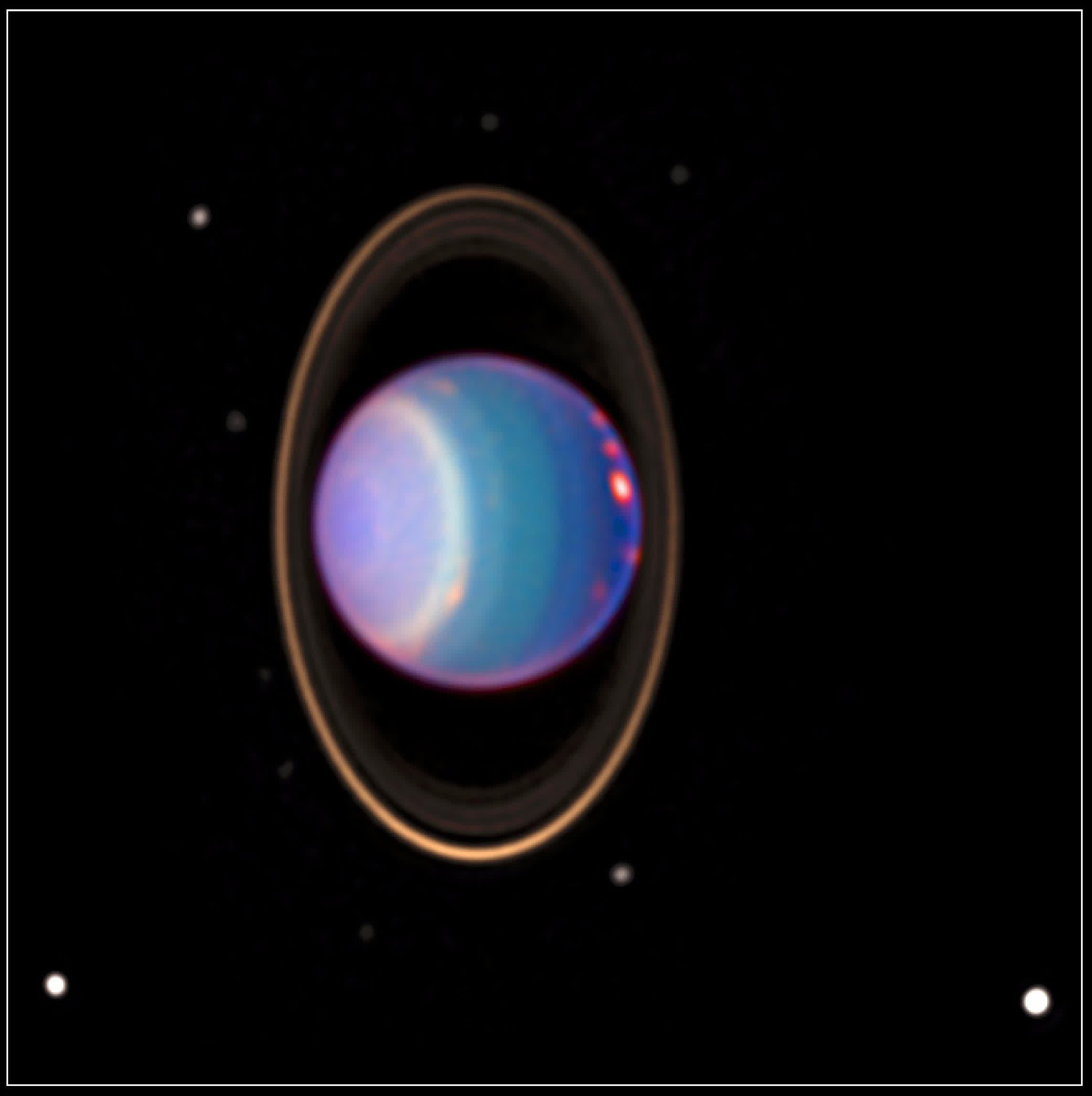TechSpot is celebrating its 25th anniversary. TechSpot means tech analysis and advice you can trust.
Why it matters: Data science technologies available to today’s researchers play a key role in shaping our understanding of the solar system. It not only uncovers new findings from the latest data, it also allows researchers to glean new information from previously collected data. Thanks to this tech, researchers reviewing decades-old data from NASA’s Voyager 2 probe have uncovered exciting secrets locked below the surface of Uranus’ moons.
NASA’s Voyager 2 spacecraft was launched in 1977 to study our solar system’s outer planets and beyond. In 1986, the probe became the first of its kind to visit Uranus, returning never before seen images and data about the ice giant during its five-and-a-half-hour fly-by on the way to Neptune. During the trip, the probe discovered and provided data about 10 new moons orbiting the planet, two new rings (in addition to nine previously known rings), and information about Uranus’ tilted, off-axis magnetic field.

Despite the data being more than 37 years old, researchers analyzing it using modern modeling techniques have made significant discoveries on four of Uranus’ largest moons. Based on the new findings, four of the planet’s 27 moons (Titania, Oberon, Ariel, and Umbriel) appear to have an ocean layer between their cores and the icy surface that covers them.
The study incorporated the original data gathered during Voyager 2’s fly-bys with more recent data from ground-based stations and other NASA spacecraft, including Galileo, Cassini, Dawn, and New Horizons. The augmented Voyager 2 data models allowed researchers to determine that the moons may generate enough internal heat to maintain a liquid ocean, possibly even some with habitable temperatures.
The studies estimated how porous each of the moon’s surfaces might be, identified potential heat sources that could help to support subterranean ocean temperatures, and made additional observations regarding the potential makeup of the surface and the oceans below.
Information about materials on the surface of the moons helps scientists to understand the makeup of the potential oceans below them. Materials surfaced due to volcanic activity suggest the potential presence of chlorides and ammonia in the newly discovered oceans. If true, the presence of these substances further supports the potential for liquid oceans based on their known resistance to freezing.

The discoveries place new emphasis on the need to further explore the mysterious surrounding Uranus and its moons. In 2022, the National Academies of Sciences, Engineering, and Medicine released its Decadal Strategy for Planetary Science and Astrobiology. The report already listed the Uranus Orbiter and Probe (UOP) as the highest priority mission. These new findings will undoubtedly bolster that stance and expand the scope of the probe’s exploration of the Uranian system.


![Elliott Wave analysis: S&P 500 and top tech stocks [Video] Elliott Wave analysis: S&P 500 and top tech stocks [Video]](https://cheapestgadget.com/wp-content/uploads/2023/09/113984-elliott-wave-analysis-sp-500-and-top-tech-stocks-video-211x150.jpg)